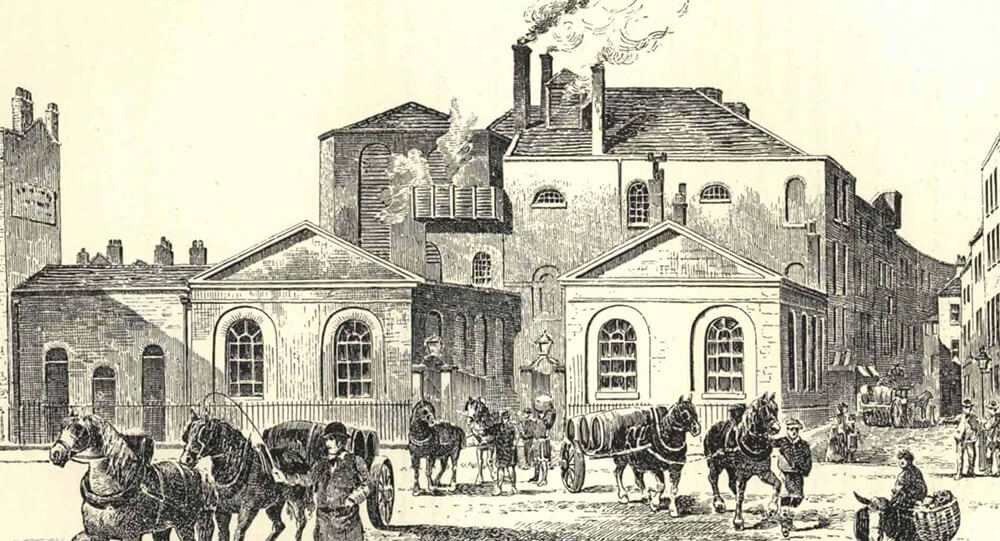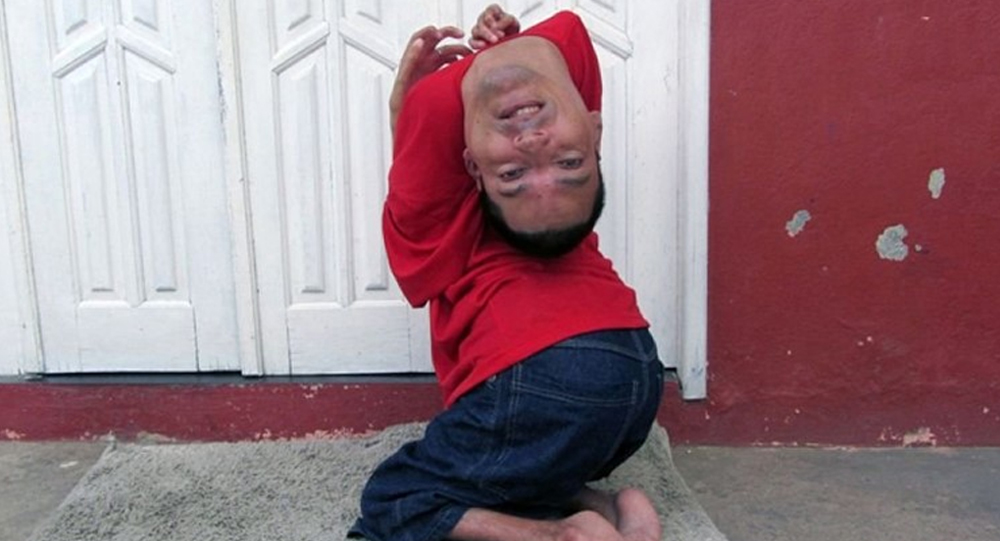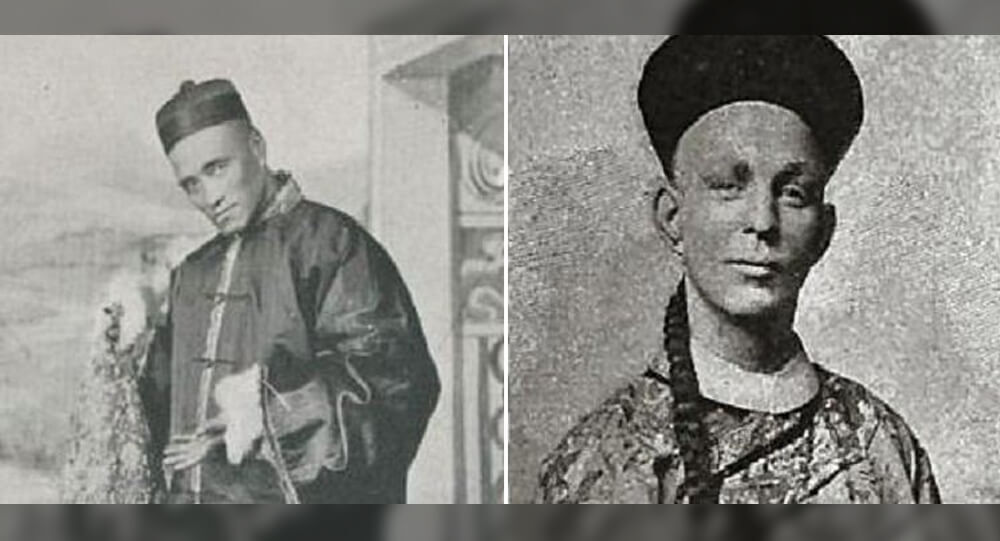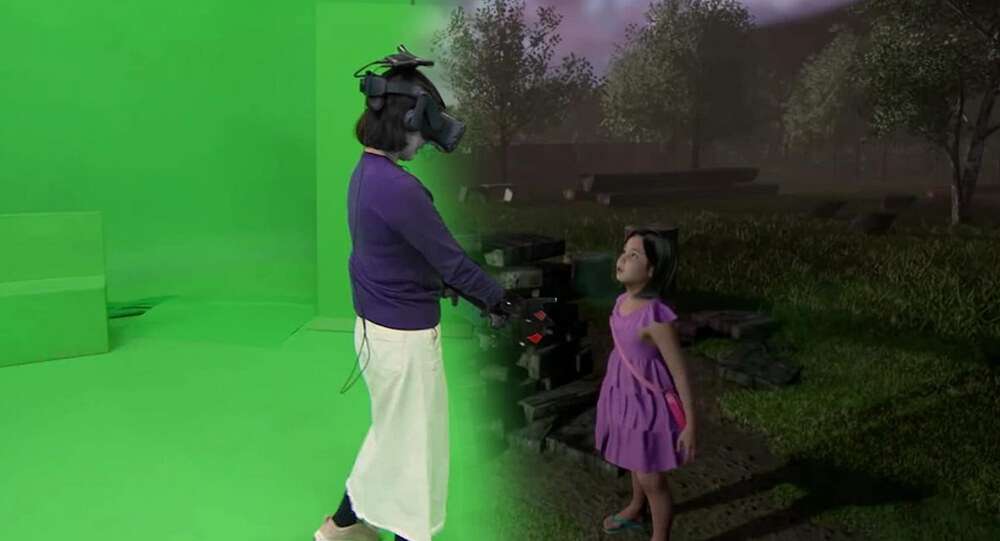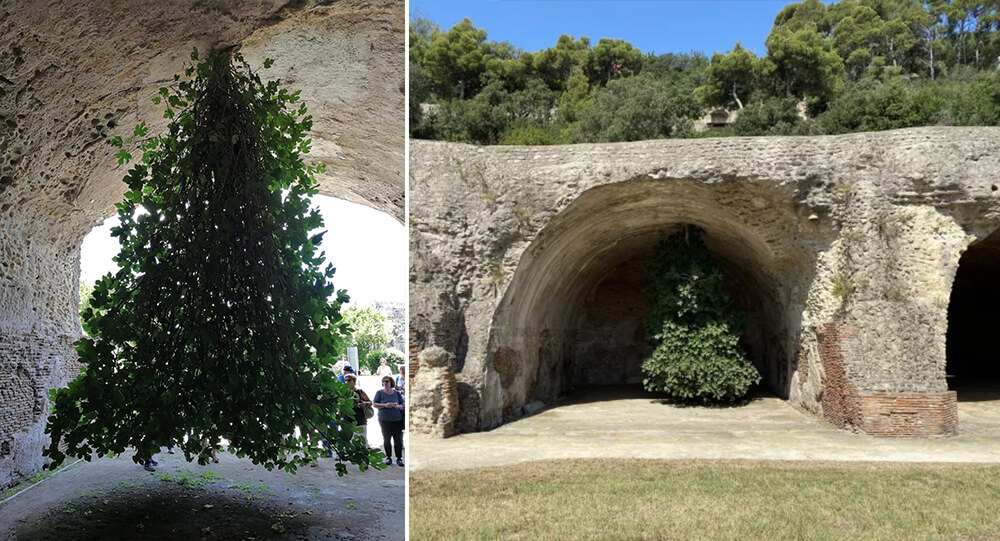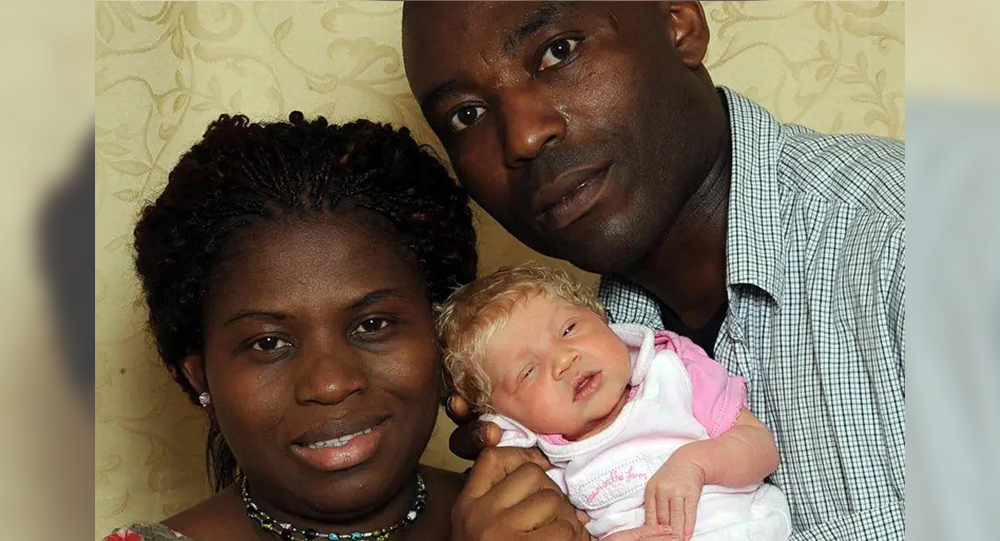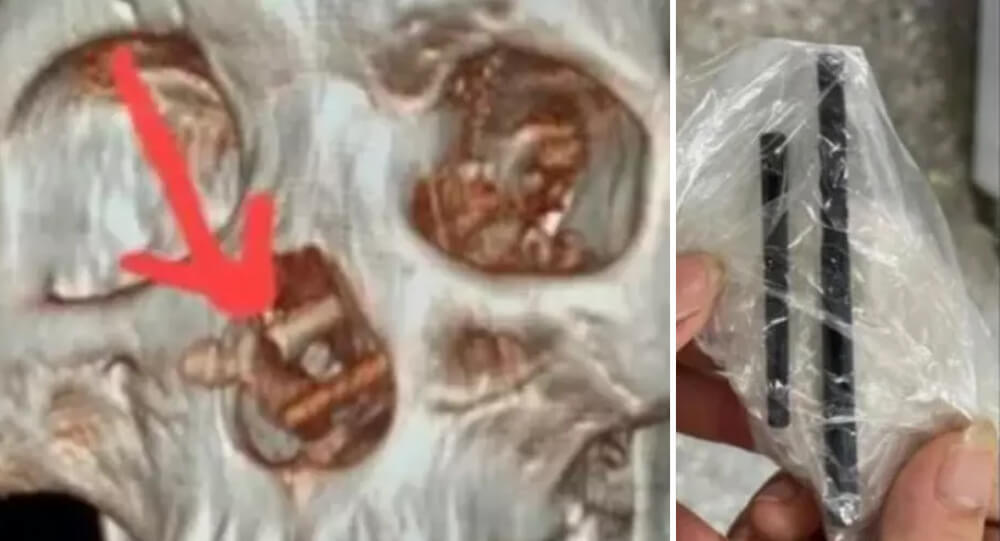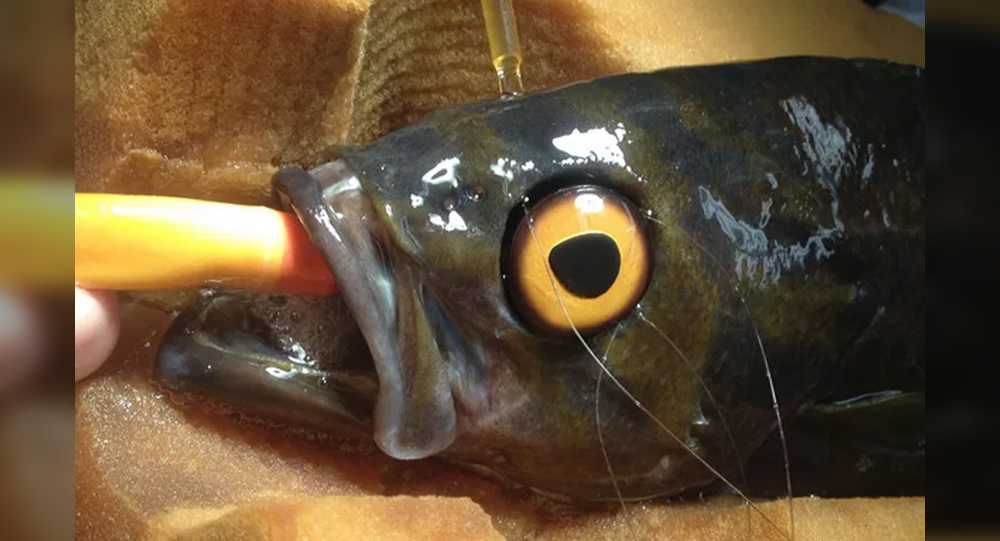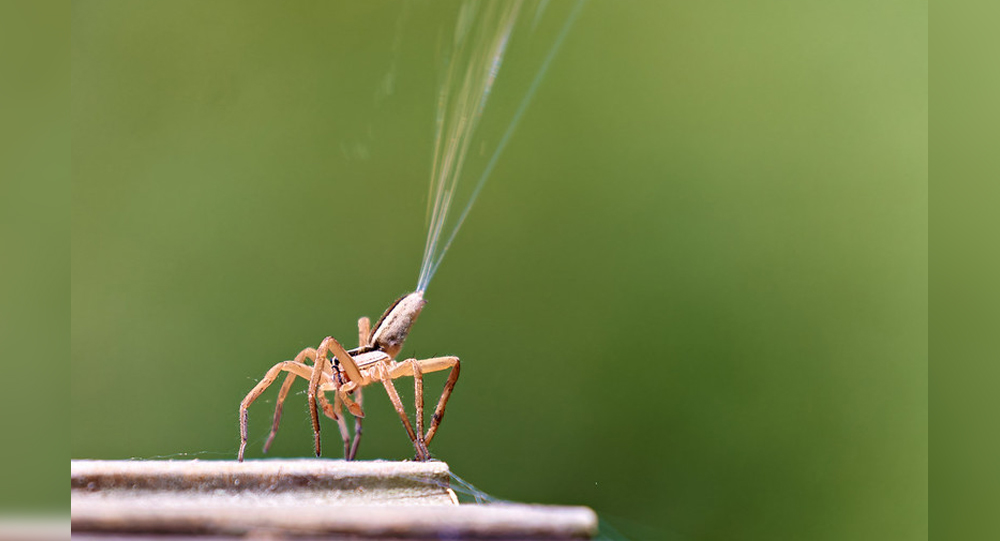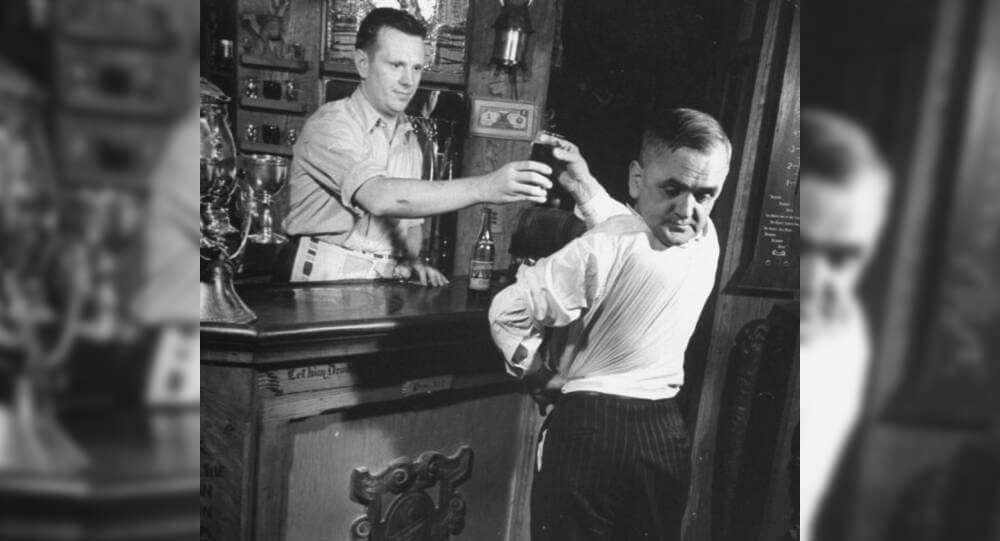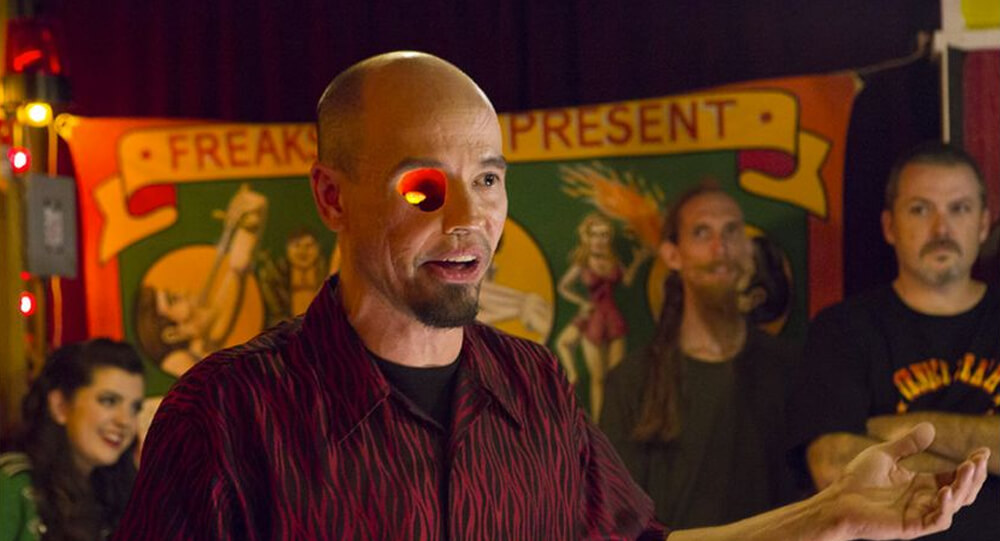

Khuk Khi Kai: Thailand’s Infamous “Chicken Poop Prison” and Its Gruesome Legacy
When it comes to the world’s most unusual and cruel prisons, few can rival the notorious Khuk Khi Kai, also known as the “Chicken Poop Prison,” in Laem Sing, Chanthaburi, Thailand. This grim relic of colonial history stands as a stark reminder of the inventive and inhumane methods once used to punish and break the spirit of prisoners. What sets Khuk Khi Kai apart from other prisons isn’t its size or its architecture, but the unique and revolting method of torture it employed: subjecting inmates to a constant rain of chicken droppings from a coop built directly above their heads.
The Origins: A Prison Born of Colonial Conflict
Khuk Khi Kai was constructed in 1893 by the French during their occupation of the Chanthaburi region, a tense period stemming from the Franco-Siamese conflict. The French, seeking to suppress Thai resistance fighters and maintain control over the area, built this unusual prison as a tool of psychological and physical torment.
The structure itself is relatively small—about 4.4 meters wide and 7 meters tall—with two rows of slits along the sides for ventilation. The building’s design was deceptively simple, but its function was far from ordinary. The ground floor housed the prisoners, while the upper floor was converted into a large chicken coop.
The Torture: Living Under a Chicken Coop
The true horror of Khuk Khi Kai lay in its two-story design. The floor separating the chickens from the prisoners was grated or perforated, allowing chicken droppings to fall freely onto the unfortunate souls below. This was not just a minor inconvenience—chicken manure is filled with ammonia, producing a suffocating stench that can cause nausea, headaches, skin irritation, respiratory problems, and even severe depression with prolonged exposure.
Prisoners were forced to endure this relentless assault day and night, unable to escape the foul rain or the overpowering smell. The psychological impact was as severe as the physical discomfort, making Khuk Khi Kai a place of unimaginable suffering. Some reports even suggest that the building’s lack of a roof was intentional, exposing inmates further to the elements and intensifying their misery.
Why Chicken Poop? The Science of Suffering
Chicken droppings aren’t just unpleasant—they’re hazardous. The high ammonia content can quickly become overwhelming in an enclosed space, leading to a host of health problems. In fact, the smell is so potent that just a few minutes of exposure can cause discomfort, while longer exposure can result in respiratory distress and infections.
The use of chicken poop as a torture method was both cruel and cunning. It required no guards or whips—just gravity and time. The chickens above, oblivious to the suffering below, became unwitting accomplices in this daily torment.
Historical Context: The Franco-Siamese Conflict
Khuk Khi Kai’s construction was directly tied to the Franco-Siamese War and the subsequent French occupation of parts of Siam (now Thailand). The French built the prison to detain local resistance fighters and dissidents, hoping to break their will through relentless, degrading punishment. The prison was abandoned after the French withdrew in 1904, but its legacy endures as a symbol of colonial cruelty.
Visiting Khuk Khi Kai Today
Today, Khuk Khi Kai stands as a public park and historical site, open to visitors curious about its dark past. The structure, sometimes described as resembling a leaning watchtower, is well-preserved and easy to find near the seaside in Chanthaburi province. There is no entrance fee, and the prison’s unique design makes it a popular spot for photographs and dark tourism.
Local guides often recount the story of Khuk Khi Kai, and the phrase “ระวังจะโดนจับขังคุกขี้ไก่” (“be careful you may go in the chicken dung prison”) remains in the Thai language as a warning and a reminder of the site’s notorious reputation.
Fun Facts and Trivia
- Name Meaning: “Khuk Khi Kai” translates directly to “chicken dung prison” or “chicken poop prison” in Thai.
- Design Quirk: The prison had no roof—only a wire mesh to keep the chickens in place, maximizing the exposure to droppings.
- Historical Use: Built by the French to imprison Thai resistance fighters during the occupation of Chanthaburi.
- Health Hazards: Chicken manure’s ammonia can cause severe health issues, making it a potent tool for torture.
- Cultural Legacy: The prison is referenced in Thai sayings and remains a symbol of colonial-era suffering.
- Tourist Attraction: Now a public park and photo spot, Khuk Khi Kai draws visitors interested in Thailand’s darker history.
Conclusion
Khuk Khi Kai, or “Chicken Poop Prison,” is a chilling testament to the extremes of human cruelty and ingenuity in punishment. Its story is a reminder of the suffering endured by those who resisted colonial rule and the lengths to which occupiers would go to maintain control. Today, it stands as both a historical curiosity and a somber warning from the past—proof that even the most peaceful places can hide the darkest secrets.

How a Man Fooled Florida with Fake Penguin Tracks for 10 Years
In 1948, Florida’s Clearwater Beach was the stage for one of the longest-running and most peculiar hoaxes in American folklore. Giant three-toed footprints appeared mysteriously in the sand, sparking rumor and fascination about a 15-foot-tall penguin roaming the shores. For a decade, locals and visitors alike speculated and scanned for the elusive creature, never realizing the truth: these tracks were made by a man wearing 30-pound lead shoes designed to imitate an enormous penguin's footprint. This article uncovers the details of this elaborate prank and its lasting legacy in Florida’s cryptic history.

Atomic Tourism: In the 1950s, nuclear tests in Las Vegas served as a draw for tourists
Between 1950 and 1960, Las Vegas offered “Atomic Tourism” in which guests could watch atomic bombs being tested in the desert as a form of entertainment.

Chocolate Rain in Switzerland: How a Factory Malfunction Turned Olten Into a Sweet Spectacle
In 2020, chocolate 'rained' from the sky in a town in Switzerland. This incident was caused by a ventilation system malfunction at a chocolate factory in Olten. Strong winds then carried the snow-like cocoa powder and spread it around in the immediate vicinity of the factory, covering cars and other things in chocolate.

[solved] “macaroni mystery”, 500 pounds of pasta dumped in new jersey
In April 2023, Old Bridge, New Jersey, faced a peculiar 'Macaroni Mystery' when 500 pounds of pasta were mysteriously dumped in the woods.

The Mystery of Canada's Magical Spotted Lake
Lake Khiluk, the world's most mineralized lake, and one of the most mysterious places on Earth. Each of these spots has a distinct chemical content and is said to cure various diseases.

Frank Lentini, The Three-Legged Sideshow Performer
Francesco Lentini was a man with three legs, four feet, sixteen toes, and two sets of functional male genitals. He worked for the circus and lived to be 78 years old.

The 1814 London beer flood
In 1814, there was a beer flood in London when a tank containing more than 300,000 gallons ruptured in which 8 people drowned.

Belgian Woman Banned from Zoo After 4-Year Affair with Chimpanzee
A Belgian woman was banned from the zoo after having an affair with a chimp.

The Story of Tsutomu Yamaguchi: The Man Who Survived Both Atomic Bombs
Tsutomu Yamaguchi’s story is one of astonishing survival and resilience. In August 1945, while on a business trip in Hiroshima, he endured the catastrophic atomic bombing and, unbelievably, survived to return to his home city of Nagasaki—only to face a second atomic attack days later. Officially recognized as the only person to survive both bombings, Yamaguchi’s life is a powerful testament to human courage, hope, and the devastating impact of nuclear warfare.

Woman's memory reset every two hours after traumatic accident
Riley Horner, an Illinois teenager was accidentally kicked in the head. As a result of the injury, her memory resets every two hours, and she wakes up thinking every day is June 11. Riley keeps detailed notes of events happening throughout the day, and sets an alarm on her phone every two hours to remind her to review them. Riley also keeps a calendar in her room to remind her what day it is? As she wakes up every morning confused, thinking it's still June 11.

Brazilian Man with Rare ‘Upside Down’ Condition Becomes Successful Accountant and Speaker
Born in Brazil with the rare and debilitating condition congenital arthrogryposis, which caused his head to be positioned upside down, this man was once written off by doctors who urged his mother to let him starve. Defying grim predictions, he overcame immense challenges to become a successful accountant and a powerful international motivational speaker, inspiring millions worldwide.

The Bizarre (And Magical) Duel Between Chung Ling Soo And Ching Ling Foo
Ching Ling Foo and Chung Ling Soo were two magicians from the early 20th century who were bitter rivals. While Ching Ling Foo was genuinely Chinese, Chung Ling Soo was actually a New Yorker named William Robinson.

Mom Cries After Seeing Her Deceased Daughter in Virtual Reality
Jang Ji-Sung lost her 7-year-old daughter to haemochromatosis in 2017, a rare disorder in which the body absorbs too much iron. The two reunited through the use of virtual reality technology.

Upside-Down Fig Tree From The Roof Of An Ancient Ruin in Italy
There is an upside-down fig tree in Bacoli, Italy. No one is quite sure how the fig tree ended up there or how it survived, but year after year, it continues to grow downwards and bear figs.

The Miracle Baby: Nigerian Couple in the UK Welcomes a Rare Blonde, Blue-Eyed Child
A black, Nigerian couple living in the U.K. gave birth to a white, blonde, blue-eyed baby that they call the "miracle baby."

A man who has been suffering from headaches for nearly six months discovers chopsticks lodged in his brain
When it was discovered that a Vietnamese man with headaches and vision problems had chopsticks lodged in his brain, the doctors were almost as surprised as the man himself.

Japan’s Chicken-Flavored Ice Cream: The Bold Fusion of Sweet Vanilla and Real Grilled Chicken
A Japanese company once created chicken-flavored ice cream using real grilled chicken bits mixed into vanilla. It combined sweet and savory in a way few dared try, but it drew curiosity from foodies seeking extreme culinary experiences.

Max Headroom Incident: America’s Creepiest TV Hack
In 1987 a man hijacked a television station during an episode of Dr. Who and wore a Max Headroom mask and uttered nonsense, and he still hasn’t been caught

A one-eyed Vancouver fish receives a fake eye so that other fish will not bully him
A fish whose eye was removed due to cataract was bullied by other fish at the Vancouver Aquarium. So the vets fitted the fish with a prosthetic eye to fool the other fishes.

Mystery SOLVED: blood Rain in India
The dissemination of spores of microalgae has been identified as the origin of the 'Blood Rain' phenomena, according to a new study by Indian and Austrian experts. Since 1896, reports of intermittent red-colored rain in portions of Kerala and Sri Lanka have been coming in. The most recent one occurred in 2013 over Kerala.

June and Jennifer Gibbons The silent twin who Only Spoke to Each Other
Identical twins June and Jennifer Gibbons were born on 11 April 1963 at a military hospital in Aden, Yemen where their father worked as part of the Royal Air Force.

Why Do Spiders Rain From the Sky? The Strange Ballooning Phenomenon
Every now and then, people around the world are amazed—and sometimes disturbed—to see thousands of tiny spiderlings floating down from the sky, seemingly raining on the earth below. This eerie spectacle is the result of a curious and fascinating behavior called ballooning, in which spiders use silk threads as invisible parachutes to catch the wind and fly. Recent scientific discoveries reveal that spiders can even harness Earth’s electric fields to take off without wind, making their aerial journeys feel almost supernatural. This article explores the science, mystery, and wonder behind the ballooning phenomenon.

The Incredible Story of Martin Laurello, The Sideshow Performer With The Revolving Head
Martin Laurello was also known as 'The human owl'. He was born with the ability to turn his head a full 180 degree.

Inspirational Journey of Billy Owen From Cancer Patient to Zombie Actor
A man called Billy Owen lost an eye and half of his face to cancer and used it to start a career as a zombie actor.

Poland's Krzywy: The Mysteries of the Crooked trees
In Poland, there is a forest with 400 crooked trees that have a 90-degree bend at the base of their trunks. Despite of numerous possibilities, the real reason and how it evolved remain a mystery.

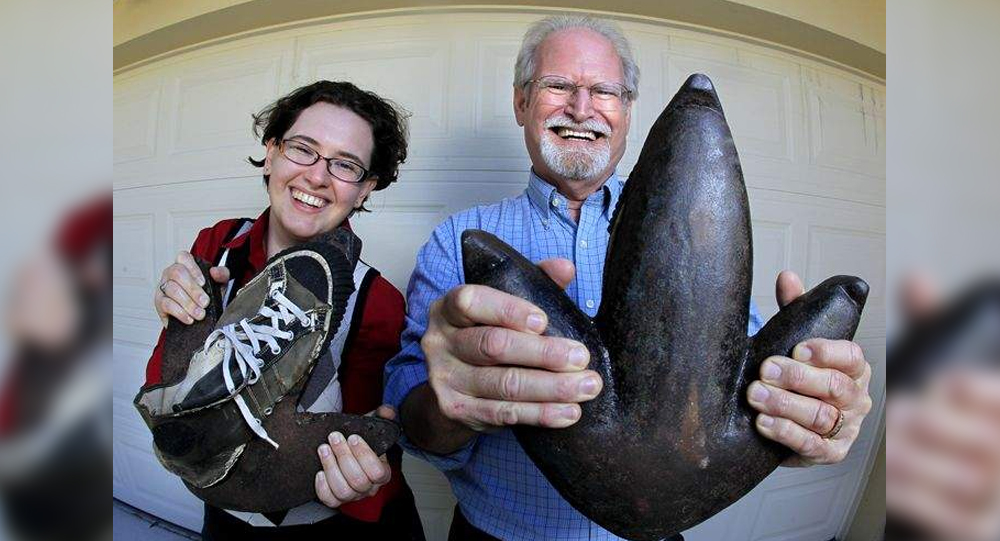


![[solved] “macaroni mystery”, 500 pounds of pasta dumped in new jersey](https://weeklyrecess.com/wp-content/uploads/2024/05/Macaroni-Mystery-cover.jpg)


